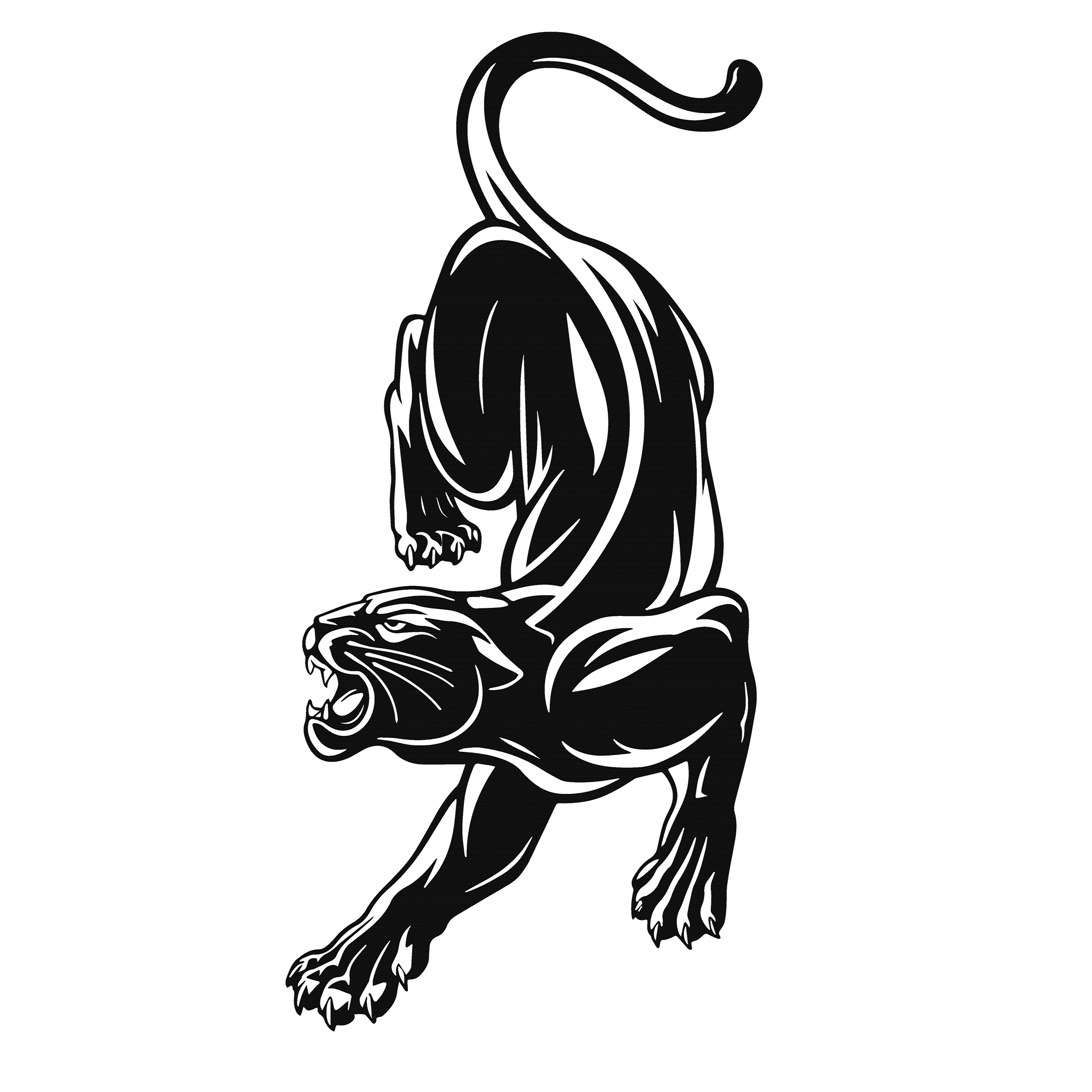Unlock the World of Fake Tattoos: Discover the Art, the Styles, and the Secrets!
In recent years, fake tattoos have surged in popularity, appealing to a diverse audience looking for a way to express themselves without the lifelong commitment of permanent ink. Whether for a festival, a costume party, or simply to experiment with personal style, fake tattoos offer a versatile and fun option for everyone. Their ease of application and removal, combined with the creative potential they offer, make them a go-to choice for those wanting to showcase their personality without the permanence of traditional tattoos. This article will explore the fascinating world of fake tattoos, detailing their various types, the ways they can be used, and the artistry behind them.

Understanding Fake Tattoos
Fake tattoos, also known as temporary tattoos, are designs that mimic the appearance of permanent tattoos but are designed to be easily applied and removed. Unlike traditional tattoos, which involve ink being injected into the skin, fake tattoos utilize various methods such as transfer paper, henna paste, or body paint to create designs that last for a limited time. The appeal of fake tattoos lies in their versatility; they allow individuals to explore different looks, express creativity, or make a statement without the long-term commitment. They are particularly popular among those who might be hesitant about getting a permanent tattoo, as well as parents looking to let their children experiment with body art in a safe and temporary manner.
Types of Fake Tattoos
There are several types of fake tattoos available, each offering a unique experience and aesthetic. The most common types include temporary tattoos, henna tattoos, and body paint, each with its own application methods, duration, and cultural significance. Temporary tattoos are often printed on transfer paper and can be applied with water, while henna involves a natural dye that stains the skin. Body paint, on the other hand, allows for an artistic and often dramatic application, suitable for various performances and events. Understanding the differences between these types can help individuals choose the right option for their needs and occasions.
Temporary Tattoos
Temporary tattoos are created using a special transfer technique that allows the design to adhere to the skin for a short period, typically ranging from a few days to a week. These tattoos are made from non-toxic materials and can feature intricate designs that mimic real tattoos. The application process is simple: just cut out the desired design, apply it to clean skin, and wet it with a damp cloth for a few seconds. The tattoo is then ready to be enjoyed, with the added bonus of being easily removed with soap and water or rubbing alcohol when desired.
Henna Tattoos
Henna tattoos are a beautiful and culturally significant form of temporary body art that has been practiced for centuries, particularly in South Asian and Middle Eastern cultures. Made from the powdered leaves of the henna plant, the paste is applied to the skin in intricate designs, often during special occasions such as weddings and festivals. The stain typically lasts between one to three weeks, depending on the skin type and aftercare. Henna is not only a stunning form of self-expression but also carries deep cultural meanings, often symbolizing beauty, prosperity, and good luck.
Body Paint
Body paint is another expressive form of temporary tattooing that involves applying paint directly to the skin. This art form is commonly used in performances, festivals, and artistic expressions, allowing for vibrant, colorful designs that can cover large areas of the body. Body paint can range from simple designs to elaborate full-body artwork, often used in theatrical performances or during events like carnival celebrations. The beauty of body paint lies in its versatility; it can be as subtle or as bold as the artist desires, enabling limitless creativity.
Applications of Fake Tattoos
The applications of fake tattoos are as diverse as the tattoos themselves. They serve as a playful accessory for parties, a fun addition to costumes for Halloween, and even a creative way to express one’s individuality at music festivals. Personally, I remember a friend who used temporary tattoos to match her outfit for a themed party, and it became a conversation starter, allowing her to showcase her creativity. Additionally, fake tattoos are a popular choice for parents wanting to let their children experience body art without the permanence. They are also used in marketing and promotions, where brands create custom designs for events and giveaways, adding a layer of engagement and fun for participants.
Embracing Temporary Self-Expression
In summary, fake tattoos have emerged as a captivating alternative to permanent body art, providing individuals with the freedom to express themselves creatively and temporarily. With various types such as temporary tattoos, henna, and body paint, there is something for everyone, whether for self-expression, cultural significance, or simply for fun. Their versatility and ease of use make them appealing across all age groups and occasions. As the popularity of fake tattoos continues to grow, so does the artistry surrounding them, revealing an exciting world where creativity knows no bounds.






تعليقات